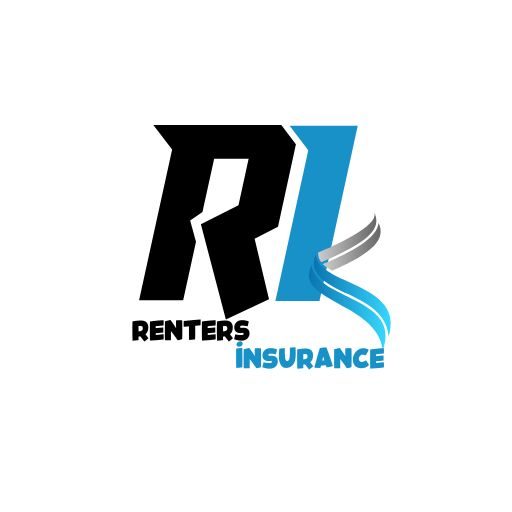What is an Activity Cost Driver?
An activity cost driver is a fundamental component of activity-based costing (ABC) and managerial accounting. It refers to any action or element that influences the cost of performing a specific activity[1][2][3]. For instance, if you are manufacturing a product, the number of machine setups or the labor hours involved can significantly impact your costs.
In the context of ABC, cost drivers help allocate indirect costs and overheads more accurately. Unlike traditional costing methods that use broad averages, ABC uses specific activities and their associated drivers to assign costs. This approach ensures that each product or service is charged with the actual resources it consumes.
Cost drivers influence both variable expenses and indirect costs. For example, if a company increases its production volume, the variable costs related to direct materials and labor will rise. Similarly, indirect costs such as maintenance and energy consumption will also be affected based on the chosen cost drivers.
- Baptism by Fire: How Challenging Experiences Shape Finance and Business Leaders
- Understanding Bid Size: How It Impacts Market Liquidity and Your Investments
- Comprehensive Assurance Services: Enhancing Trust and Transparency in Finance, Business, and Investment
- Understanding Anti-Dilution Provisions: How Investors Protect Their Equity in Down Rounds
- How to Identify and Profit from Breakout Stocks: A Comprehensive Guide
Types of Activity Cost Drivers
Transaction Drivers
Transaction drivers relate to the number of times an activity is performed. Examples include machine setups, purchase orders processed, and invoices generated[5]. For instance, if a manufacturing plant reduces the number of machine setups required for a production run, it can significantly lower setup costs.
Duration Drivers
Duration drivers measure how long an activity takes to complete. Common examples include labor hours and machine hours[5]. If a company optimizes its production process to reduce labor hours per unit produced, it can lower its labor costs substantially.
Bạn đang xem: Unlocking Efficiency: What is an Activity Cost Driver and How Does it Impact Your Business?
Intensity Drivers
Intensity drivers reflect the level of resource usage during an activity. Energy consumption and material usage are typical examples[5]. A company that implements energy-efficient practices can reduce its energy costs even if the duration or frequency of activities remains constant.
Examples of Activity Cost Drivers
Direct Labor Hours
Direct labor hours are a critical cost driver in labor-intensive activities such as assembly or manufacturing[1][3]. Calculating the cost per labor hour helps in determining the total labor cost per product. For example, if a company finds that reducing labor hours through automation can lower costs without compromising quality, it can make informed decisions about investing in new technology.
Machine Hours
Xem thêm : Revolutionizing Industries: 3D Printing Explained – How It Works and Real-World Examples
Machine hours are another significant cost driver, especially in industries with heavy machinery usage[1][4]. Costs associated with machine maintenance and operation are allocated based on machine hours. Regular maintenance schedules can help reduce downtime and lower overall maintenance costs.
Warehousing Costs
Warehousing costs impact businesses that require extensive storage and inventory management[1]. Changes in warehousing needs due to fluctuations in demand or changes in supply chain strategies can affect the cost of production. Optimizing warehouse space and inventory levels can help reduce these costs.
How to Select and Use Activity Cost Drivers
Selection Criteria
Management selects cost drivers based on variables of expenses incurred during production[1][3]. It is crucial to choose relevant and measurable cost drivers that accurately reflect the activities being performed. For instance, selecting a cost driver that is easy to track but not directly related to the activity can lead to inaccurate cost allocations.
Implementation in ABC
In activity-based costing, cost drivers are used to allocate overhead and indirect costs. The formula for calculating the cost driver rate involves dividing the total cost of an activity by the total quantity of the cost driver[1][4][5]. This rate is then applied to each product or service based on its usage of the activity.
Benefits of Using Cost Drivers
Xem thêm : How to Use the Aroon Oscillator for Powerful Trend Analysis and Trading Signals
Using cost drivers enhances accuracy in cost estimation, allows for better pricing strategies, and improves profitability[1][4][5]. By accurately allocating costs, businesses can identify areas where they can reduce unnecessary expenses and optimize resource usage.
Impact on Business Efficiency and Profitability
Cost Reduction and Efficiency
Identifying and managing cost drivers can significantly reduce unnecessary expenses. For example, streamlining the procurement process to reduce costs per purchase order can lead to substantial savings over time[1][3][5].
Pricing Strategies
Accurate cost allocation affects product pricing and profitability. By understanding the true costs associated with each product or service, businesses can set competitive prices while ensuring profitability. Cost drivers play a crucial role in target costing and product line profitability analysis[1][4].
Operational Improvements
Identifying non-value-added activities and eliminating waste is another benefit of using cost drivers. For instance, reducing redundant administrative tasks allows businesses to focus resources on value-added activities, thereby improving operational efficiency[5].
Additional Resources or Further Reading
For those interested in delving deeper into the topic of activity cost drivers and their application in business:
– Investopedia: “Activity-Based Costing”
– My Accounting Course: “Activity Cost Driver”
– Harvard Business Review: “Activity-Based Costing”
These resources provide additional insights and practical examples to help you implement effective cost management strategies within your organization.
Nguồn: https://rentersinsurance.cyou
Danh mục: Blog







